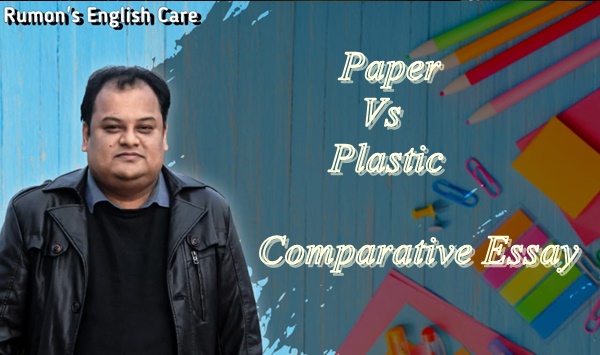Paper Vs Plastic
Paper Vs Plastic
In the realm of environmental sustainability, the battle between paper vs plastic has taken center stage. While both materials bear environmental impacts, the crucial consideration lies in understanding which problem we are truly trying to solve. The pressure to replace plastic could be leading us to an alternative that poses greater environmental challenges.
For decades, paper held the dubious title of environmental pariah. Concerns about deforestation, water consumption, and chemical pollution during paper production solidified its negative image. Then came the plastic revolution, promising convenience and solving some of paper’s logistical challenges. However, as plastic production skyrocketed, concerns about its environmental impact rose. Images of sea turtles choked by plastic bags and micro plastics infiltrating ecosystems sent shockwaves through public consciousness. Plastic, once the hero, became the new environmental villain.
While plastic plays a crucial role in our lives, offering numerous benefits, it often faces heightened scrutiny regarding concerns related to collection, recycling, and its presence in oceans and waterways. The potential impact of micro plastics and nano plastics on human health and sea life is a subject of concern, although it’s noteworthy that conclusive evidence regarding their negative impact on human health is currently lacking.
Despite its common perception as the most environmentally conscious substitute for plastic, a thorough life cycle analysis comparing plastic and paper unveils a nuanced narrative. Contrary to popular belief, the production of paper significantly adds to greenhouse gas (GHG) emissions. These emissions are directly linked to global warming, contributing to the escalating temperatures in our oceans, the melting of ice caps, the rise in sea levels, and the bleaching of coral reefs. While the risks connected to micro plastics remain inconclusive, the concrete impact of GHG emissions on climate change is unquestionable.
In the paper versus plastic conundrum, our pursuit of environmental harmony begs the question: are attempts to replace plastic unintentionally worsening environmental challenges? From paper’s tainted past to plastic’s rise and fall, the narrative unfolds against an evolving environmental backdrop.
In confronting the plastic pollution crisis, intensified scrutiny calls for thoughtful alternatives. While paper is often viewed as eco-friendly, a closer look reveals nuanced emissions linked to climate change. The profound question emerges: are our attempts to replace plastic inadvertently exacerbating environmental issues?
Despite the common opinion that the use of natural materials is a more ecologically-friendly option in manufacturing, energy- and water-consumption rates coupled with wastes produced to prove that plastic is still a greener option in comparison to paper.

